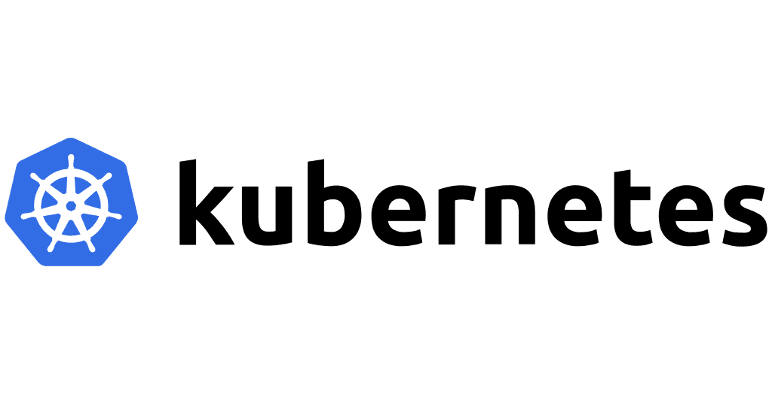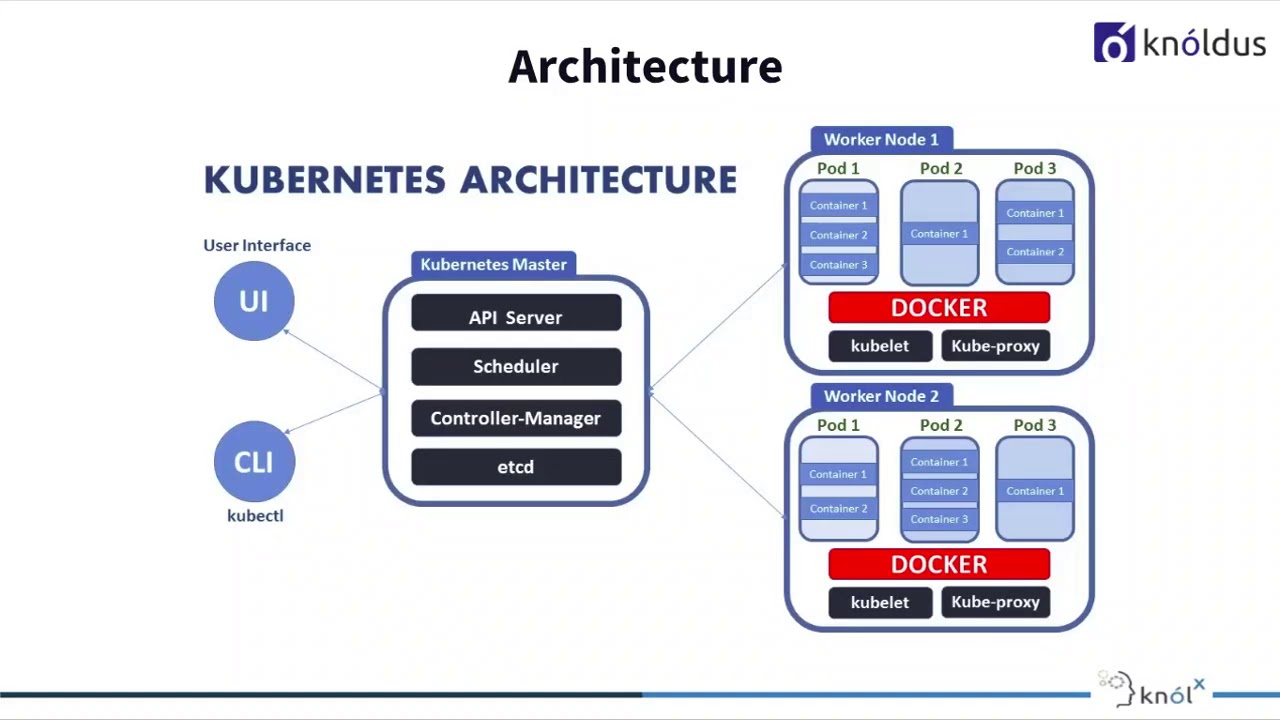The term Kubernetes (or K8s) is intriguing, isn’t it? Let’s explore what Kubernetes actually means. According to Google, “Kubernetes is an open-source container-orchestration system for automating application deployment, scaling, and management. It was originally designed by Google, and is now maintained by the Cloud Native Computing Foundation.”

That’s quite a technical definition packed into one sentence. Let’s break it down into simpler terms. First, let’s understand “containers”. Containerization is a lightweight alternative to full machine virtualization, where an application is encapsulated in a container with its own operating environment. In essence, containers are like virtual machines (VMs), but without their own operating systems.
You might wonder - why choose containerization when VMs are more straightforward to set up? The answer lies in resource efficiency. VMs require not just a complete operating system, but also virtual copies of all necessary hardware components. This consumes significant RAM and CPU resources. Containers, on the other hand, only need the essential operating system components, supporting programs, libraries, and resources to run a specific application. In practical terms, you can run two to three times more applications on a single server using containers compared to VMs. Furthermore, containers create a portable, consistent operating environment for development, testing, and deployment - a winning combination.
Now that we understand containers, let’s look at Kubernetes’ role. Kubernetes orchestrate the deployment, scaling, and management of containerized applications. The key word here is “orchestrate” - it’s what makes this system so valuable. Imagine you’ve built an application designed for 500 users, and it suddenly goes viral, receiving 50,000 requests. Traditional scaling would require creating a new, more powerful server and migrating your application, resulting in downtime. While this might seem trivial, consider the impact of a Google service being down for even 10 minutes - it could cost millions.
This is where Kubernetes shines. By containerizing applications, they become lightweight and portable. As server requests increase, Kubernetes intelligently distributes containers across multiple servers, maintaining continuous operation with minimal downtime.
While this is a simplified explanation of Kubernetes, it’s worth noting that the system has many technical specifications that can lead to some challenges. However, most of these can be addressed through proper container configuration.

For more detailed information about Kubernetes, visit their official page.
Note: I do not promote any particular product. The intention of this blog is to give a better understanding of new technologies.